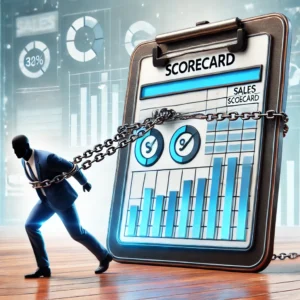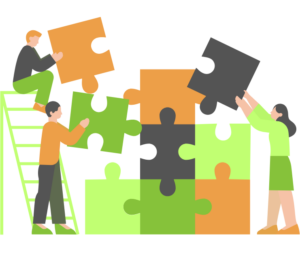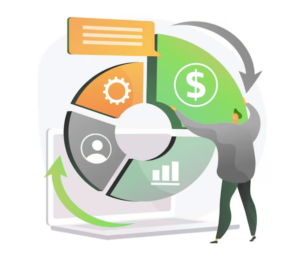When I say “client experience,” what comes to mind? Take 30 seconds to ponder that question before you read on.
Let’s get a bit more specific and go back in time 5+ years. What sort of experience do you recall having with a taxi cab?
Compare that to the experience that you get when you use Uber.
How are those two experiences different from your perspective? My guess is that taxi and Uber experience likely conjured up feelings on opposite ends of the spectrum. Both of them serve the same purpose of getting you from point A to B, but the vibe that Uber facilitates is significantly different from the taxi vibe.
From the client perspective, the “vibe” is the overall feeling that they have about their entire experience they have with a brand. So what can a brand do to ensure the vibe they are creating is a positive one?
Before we dive in any further, let’s get some clarity on a few things to ensure we are on the same page as to what a client experience is by looking at a few similar terms as noted in this Forbes article:
- Customer service is the advice or assistance a company gives its customers.
- Customer care means how well customers are taken care of while they interact with the brand.
- Customer experience is the total journey of a customer’s interactions with a brand.
Customer Experience became a hot buzzword a few years ago. Consulting businesses sprung up everywhere to ensure that brands provide a positive customer experience targeting the many touch points that very large businesses had with its “customers ”(Face-to face, phone, web, printed invoices, etc).
We help entrepreneurs of small and medium-sized businesses accelerate revenue growth. Our clients refer to their “customers,” as “clients.” So, we help them optimize their “Client Experience” to ensure a positive vibe is associated with the business or brand.
This process starts with mapping out the experience that a client has with your business into the stages that they go through. Let’s turn back to the taxi/Uber analogy and look at the steps involved to go out for a nice dinner.
| Stage | Taxi | Uber |
| Decision Point | Should we just drive? I would like to have a couple of glasses of wine, but I am not sure we can make our reservation on time because the taxi is not reliable. | Looks like an 8 minute wait for an Uber and a 14 minute drive to the restaurant. Perfect, we can relax at home a bit more and request the Uber so we arrive just in time. |
| Ride Request | Call the taxi dispatch and request a ride from the person that actually may indeed be the most miserable person on earth. | Push 2 or 3 buttons on my phone to select what kind of car I want (large, small, luxury). |
| The Wait | Will the taxi ever get here? We are not going to make our reservation. | See when the Uber will pull up at the house and go outside to get in the car. |
| The Ride | If it comes, you get in the car, the cabbie rivals the dispatch person from a misery standpoint, it is dirty, smells bad, and there is some really weird propaganda on radio. | Car is clean, I put my music on the radio, charge my phone, have a bottled water, and chit chat with the driver if I am so inclined (which I often am). |
| The Exit | Pay, get change and try to figure out the tip OR, give a credit card, listen to the cabbie groan about having to take a credit card, sign, and leave. | Get out of the car and I can tip the next day if I want. I can also split the charge easily with other riders. |
| Arrival | Miss your reservation or need to apologize for being late. | Walk in, sit down, and enjoy a great dinner. |
We are client experience geeks here at Convergo and we feel as though the starting point for creating the Client Experience is to map it out in a similar way that you see above (Decision, Ride Request, The Wait, etc).
There are 2 high-level reasons why you would want to do this:
- It provides a framework for differentiation and improvement.
- It helps to align your team.
Framework for Differentiation and Improvement
It is harder and harder to differentiate the products and services that you sell to your clients BUT it is very difficult to copy a client experience.
Mapping out the Client Experience provides a framework for differentiation and improvement. Breaking down the stages and making improvements to all of the stages provides a better result than trying to differentiate from a macro standpoint. It gives you specific moments in time to zero in on to begin optimizing.
Align Your Team
Let’s turn back to what I would assume to be the structure of a taxi business. I can only assume that an owner of a taxi business thinks of the different departments needed to run the cab company:
- Dispatch
- Drivers
- Vehicle maintenance
- Back office
Given the touch points noted above, it is hard for me to believe that there is any consideration given to how the client feels in any of these functions.
Sales, Marketing, and Operations traditionally exist in silos in many organizations in a similar way that these departments run a taxi business.
The big shift to Client Experience actually through the lens of the client allows you to think about:
- What the client needs to have a pleasant experience in each stage
- THEN, what is the role of Operations, Sales, and Marketing to facilitate that pleasant experience.
The taxi vs Uber discussion is a great example of how this all comes together. In closing, a couple of questions:
- How do you go about differentiating your products or services?
- How do you align sales, marketing, and operations?




